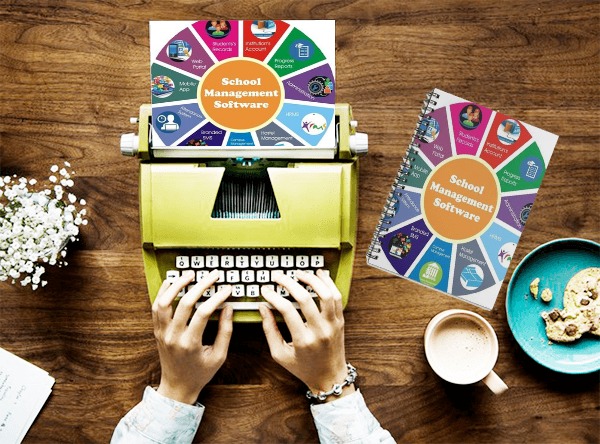PARAGRAPHS
A paragraph is the fundamental unit of an essay. A paragraph consists of several sentences that are
grouped together. This group of sentences together discusses one point, idea or opinion – one main
subject or topic.
Topic sentences
Your topic sentence is the sentence whose main idea controls the rest of the paragraph. The topic
sentence consists of a topic (the main idea of the paragraph) and the controlling idea (what you are
going to say about the main idea. The controlling idea gives the focus of the paragraph and usually
the opinion of the author.
A topic sentence has several important functions: it unifies the content of a paragraph and directs
the order of the sentences. It advises the reader of the subject to be discussed and how the
paragraph will discuss it. Readers generally look to the first few sentences in a paragraph to
determine the subject and perspective of the paragraph. That is why it is often best to put the topic
sentence at the very beginning of the paragraph.
How to write a good paragraph
To write a paragraph, there needs to be a structure which has to be adhered to. A paragraph has
three parts/sections. These are the introduction (explained in Steps 1 and 2 below), the body
(explained in Steps 3 and 4) and the conclusion (clarified in Step 5).
The following is a brief guide on how to draft, refine and explain your ideas so that you write clear,
well-developed paragraphs:
Step 1: Decide on the topic of your paragraph before you begin writing. You need to know what you
are writing about first before you set about writing the paragraph.
Step 2: Once you know what you are going to write about, develop the topic sentence before writing
a paragraph. It is important to think about the topic first and then what you want to say about the
topic. Often the topic is easy, but the question focuses on what you want to say about the topic (the
controlling idea).
Step 3: After stating your topic sentence, you need to provide information to prove, illustrate, clarify
and support the point you want to make as expressed in the topic sentence. This is the body of the
paragraph.
Step 4: Give your paragraph meaning after you have given the reader enough information to see and
understand your point. You need to explain why this information is relevant, meaningful or
interesting.
Step 5: Conclude after illustrating your point with relevant information. Add a concluding sentence.
Concluding sentences link one paragraph to the next (if you are writing an essay).
Step 6: Look over and proofread
The last step in good paragraph-writing is proofreading and revision. Before you submit your writing,
look over your work at least one more time. Try reading your paragraph out aloud to make sure it
makes sense.
Also, ask yourself these questions:
• Does my paragraph answer the prompt and support my topic sentence?
• Does it make sense?
• Does it use the appropriate academic voice?
ESSAYS
An essay is a piece of writing, usually from the author’s point of view. It is often non-fiction where
presentation is often based on facts. It can also be based on hypotheses (researched or educated
opinions which include a certain number of facts) or it can be subjective (based on opinions), in the
view of the language, perception and experiences as well as the interpretations of the world. Writing
an essay is no more difficult than writing a paragraph except that an essay is longer. The principles
of organisation are the same for both, so if you can write a good paragraph, you can also write a
good essay.
When writing an essay, you should always consider:
Your purpose (your reason for writing)
Read Also: Ways to Find Jobs in Foreign Countries
Your audience (to whom you are writing), who will read it, think about it and respond to it.
The person for whom you are writing will influence the way you write as well as the vocabulary you
choose. Your purpose should be scholarly, for entertainment or educational. Each of those purposes
will change the way you write.
Parts of an Essay
A good essay has three parts:
The introduction is the first paragraph of the essay. It should capture the reader’s attention and
create the desire to read the essay and develop the basic ideas of what you will cover. It should start
with a general discussion of your subject to provide background information. These are called general
statements. The general statements should lead to the specific statement of your main idea or thesis.
This is called the thesis statement. It should be the last sentence of the introduction and is usually
only one sentence. It is made up of the topic, focus and three main points of the essay.
Each body paragraph should start with a transition — either a word or phrase, like “first”,
or “another important point is”, for example. Then, the first sentence should continue with your topic
sentence. The topic sentence tells your reader what the paragraph is about, like a smaller-level thesis
statement. The rest of the paragraph will be made of supporting sentences. These sentences, at least
four of them, will explain your topic sentence to your reader.
The conclusion is the last paragraph of the essay. This paragraph brings the essay to a close,
reminds the reader of the basic ideas from the essay and restates the thesis statement. It can also
contain words of advice or recommendation. The conclusion should not contain new ideas as it is the
end of the content of the essay.




